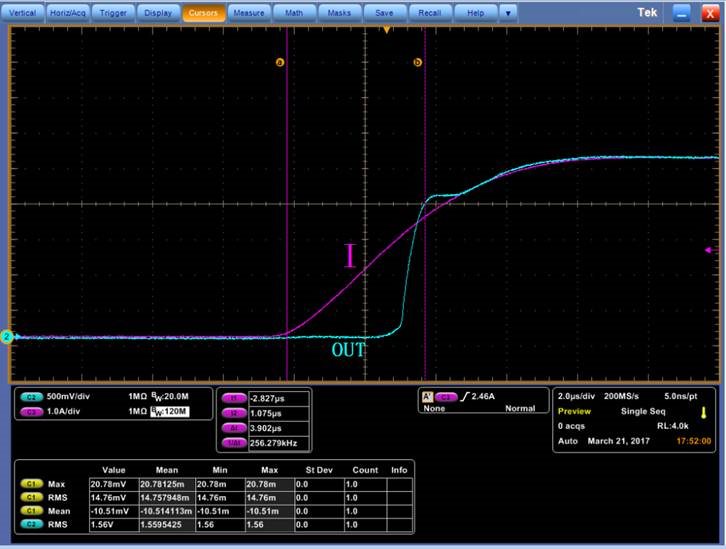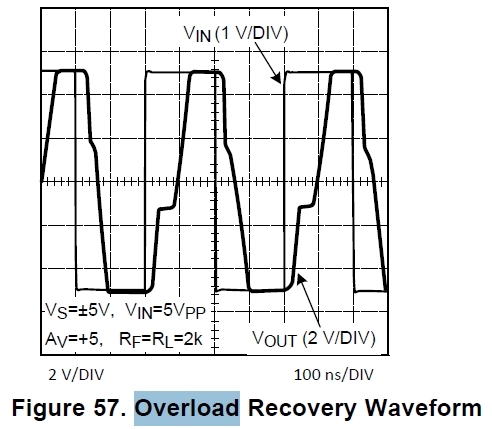Other Parts Discussed in Thread: LMH6642
Hi Team,
The customer met output delay issue when design LM6142 in their current sensing application.
The schematic is shown in below.
When the current ramp up,the output is not follow with the current,it will come out after several us as below figure.
Could you help check why there is the delay and which spec will cause such issue?
Best Regards,
Nick Dai




